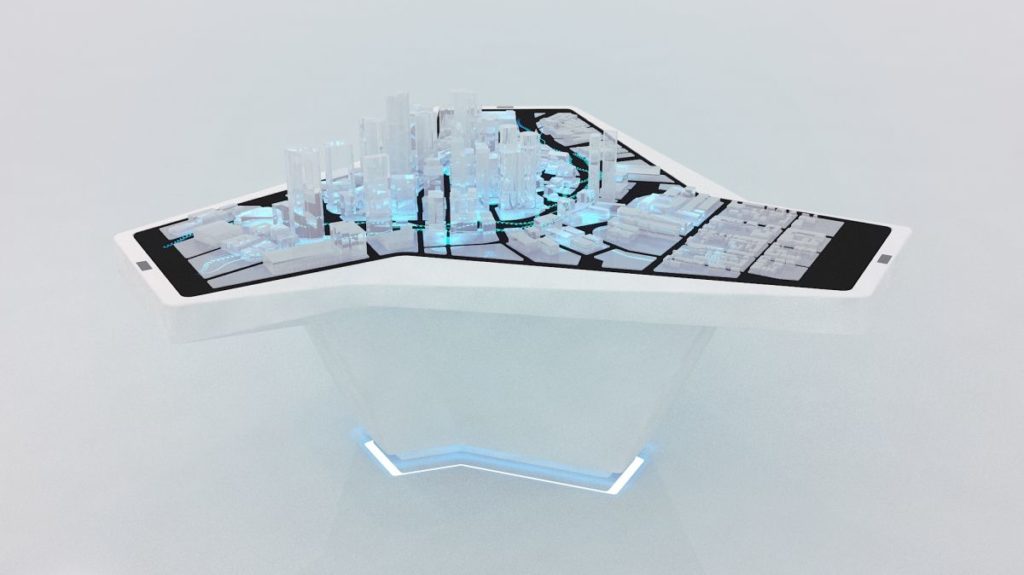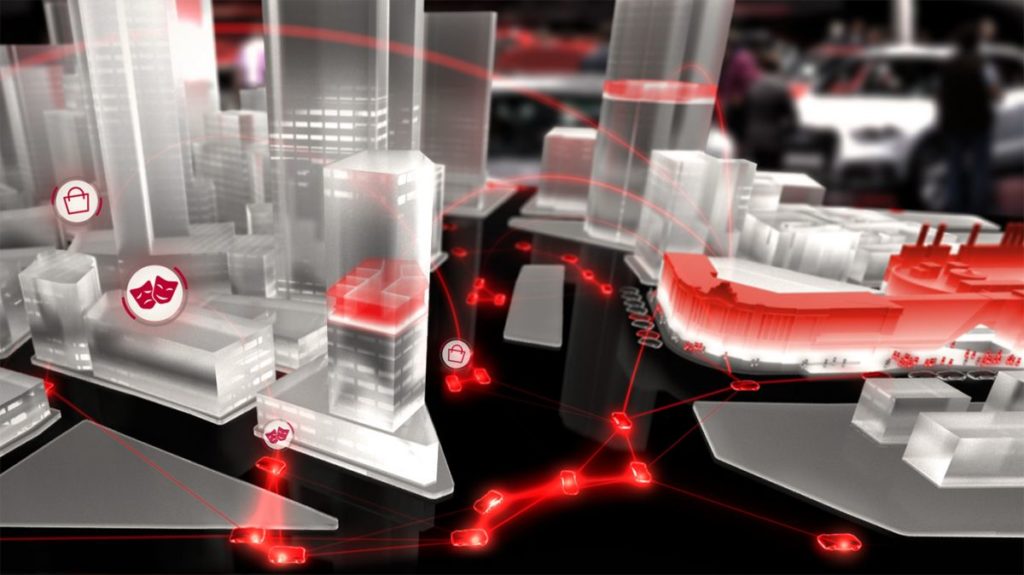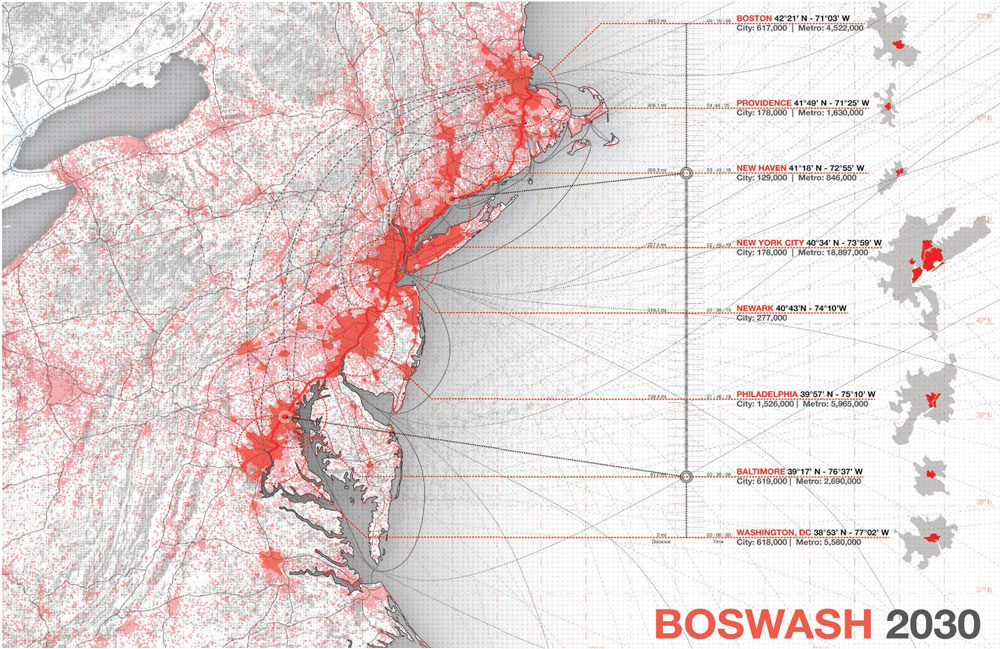
This Amazing Image From 1921 Explains The Essence Of Map Projections
Map projections can be considered quite a difficult concept especially for “mathematically-disabled” people. Maybe after conceptualizing the stuff like datum and reference systems, projections are a piece of cake, but still representing 3-dimensional geographic phenomena on the flat surface with the full control of all distortions in complicated enough to cause a serious headache.
This illustration from the book “Elements of map projection with applications to map and chart construction” written in 1921 by Charles H. Deetz (born in 1864) and Oscar S. Adams, (born in 1874) is one of the best illustrations of the concept of map projections ever.
The left top figure shows a human head drawn on a globular projection of a hemisphere. The other three figures shows the distortions of the head in ortographic, stereographic and Mercator projections. Imagine that similar distortions happen to surface of the Earth presented on every map. Authors stress that this illustrations do not mean that the globular projection is the best of four, because symmetrical figure might be drawn on any one of them and then platted on the others with distortions. It shows however in a striking way the relative differences in distortions of different projections.
Amazing.
source: io9







